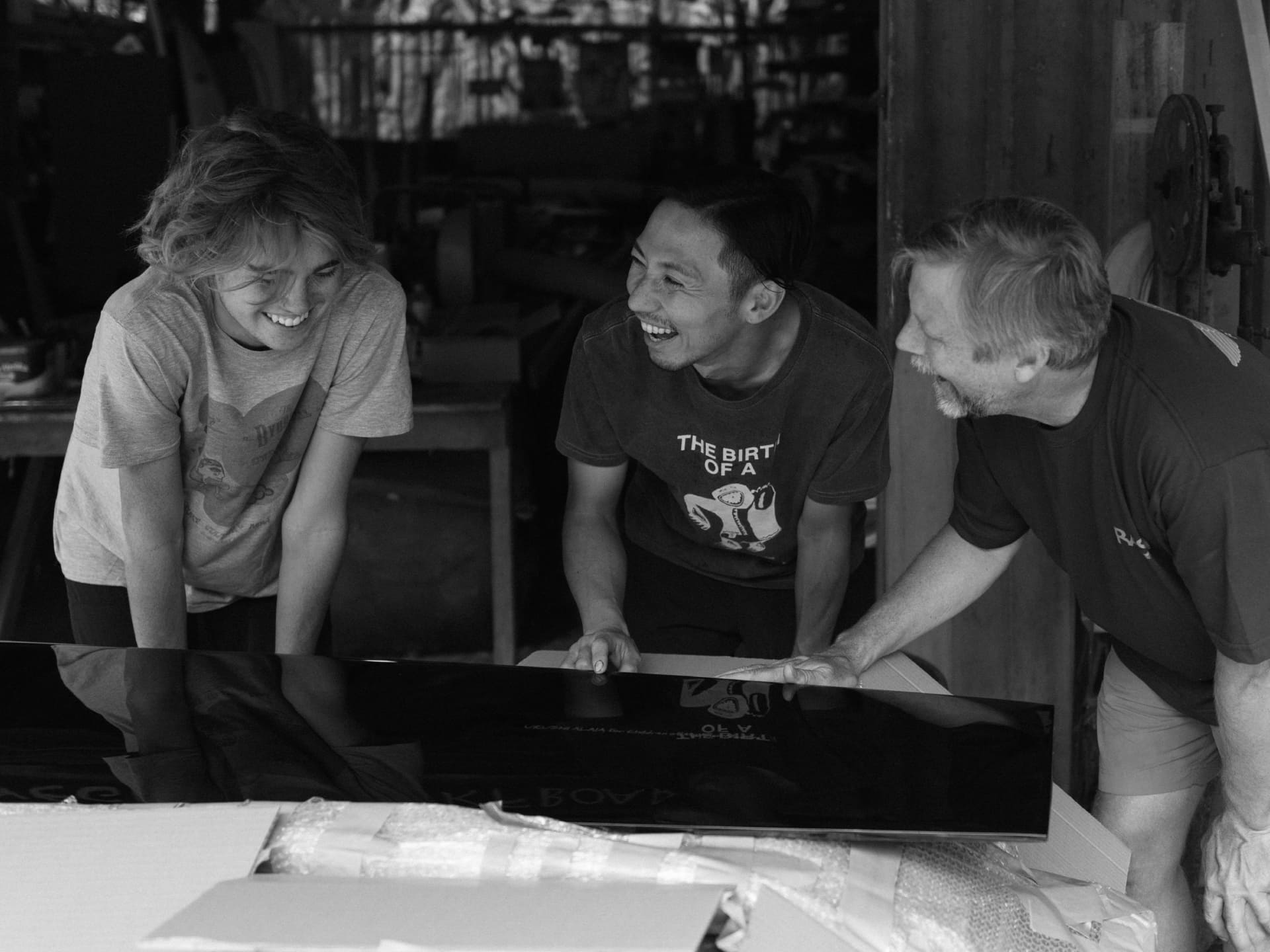
History
The History of Urushi and the Journey of Tsutsumi Asakichi Urushi Inc.
Tsutsumi Asakichi Urushi Inc. was founded in 1909 (Meiji 42) in Kyoto, during a transitional period for Urushi culture. Urushi, which had been an integral part of daily life since the Jomon period, was beginning to decline, and the founder felt the urgency to preserve and restore this cultural heritage. Since then, the shop has continuously pondered what could be done to reclaim and revive Urushi culture.
Japanese Culture and Urushi
Back around 10,000 years ago, during the Jomon Period, Urushi was already in the lives of Japanese people. Over the centuries, the Urushi industry reached its peak during the Edo period. From the mid-Edo period, imported Urushi from Burma and other sources began to be introduced through Nagasaki Port, and the amount of Urushi used has increased to approximately 2,000 tons per year, including domestic and imports. However, during the Taisho period, production of domestic Urushi declined dramatically. The demand for lacquered items like furnishings and armour for the feudal lords disappeared, and the policies that had encouraged the increase of Urushi production were abolished. Meanwhile, Urushiware became popular in the town as one of Japan’s leading crafts. It was during this transitional period, between the Edo and Taisho eras, a time that could be considered a turning point for Urushi culture, that Tsutsumi Asakichi Urushi Inc. was founded.
The Journey of Tsutsumi Asakichi Urushi Inc.
-
1909年
Founding
The first-generation Tsutsumi Asakichi started as an apprentice and later became independent, founding Tsutsumi Asakichi Store. He refined Urushi through the use of hand-Gurome and mechanical-Gurome methods, sold filter paper, and developed Urushi for applying gold leaf.

-
Before the War
In the early Showa Period, production of domestic Urushi declined to just 50 tons per year. With the increase in imports, the total consumption of Urushi exceeded 2,000 tons in 1936.
-
During the War
Due to the impact of the war, the volume of imports drastically decreased. Due to the war, imports of Urushi sharply decreased. Urushi was used as a rust-preventive coating for military equipment, and the government restricted its production, forcing Tsutsumi Asakichi Urushi Inc. to close temporarily.
-
Post-War
With the rapid economic growth, the demand for Urushi ware also increased, and most of it was made with imported Urushi. In 1950, the second generation, Tsutsumi Shigeru, began working.
-
1950年
Development of Synthetic Paints
Paint manufacturers began selling synthetic Urushi, known as cashew resin paint, which quickly became widespread. Meanwhile, due to the suspension of raw Urushi imports from China, domestic Urushi temporarily increased. However, due to the growing popularity of synthetic paints, domestic Urushi production once again declined.
-
1975年
The import volume of Urushi reaches 500 tons per year.
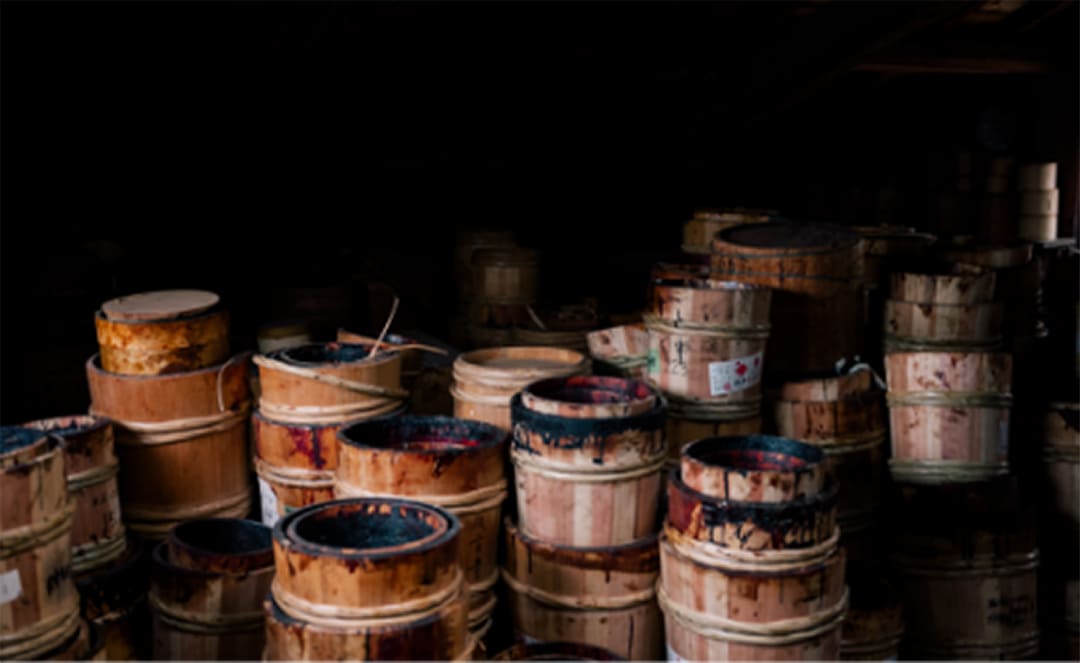
-
1976年
Takashi Tsutsumi, the 3rd generation, joins the company. He expands the product range to meet demand and grows the business, spreading Hakuoshi Urushi (Urushi for applying gold leaf).
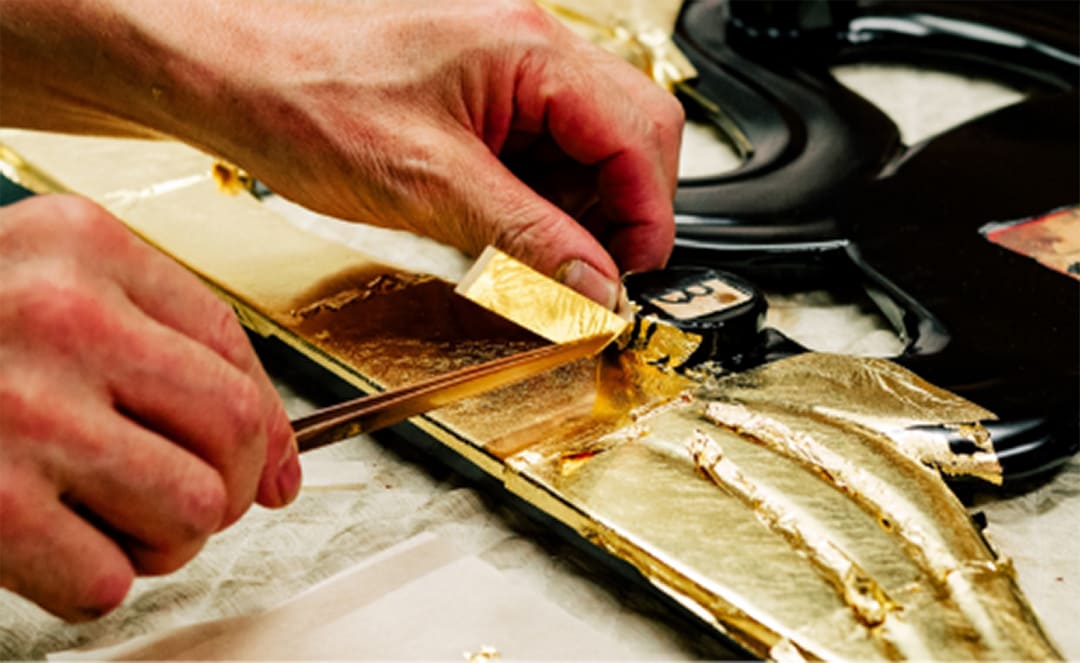
-
1983年
Established Tsutsumi Asakichi Urushi Inc.
-
Post-Bubble Burst
-
1999年
Developed Korin Urushi and Sakigake Urushi.
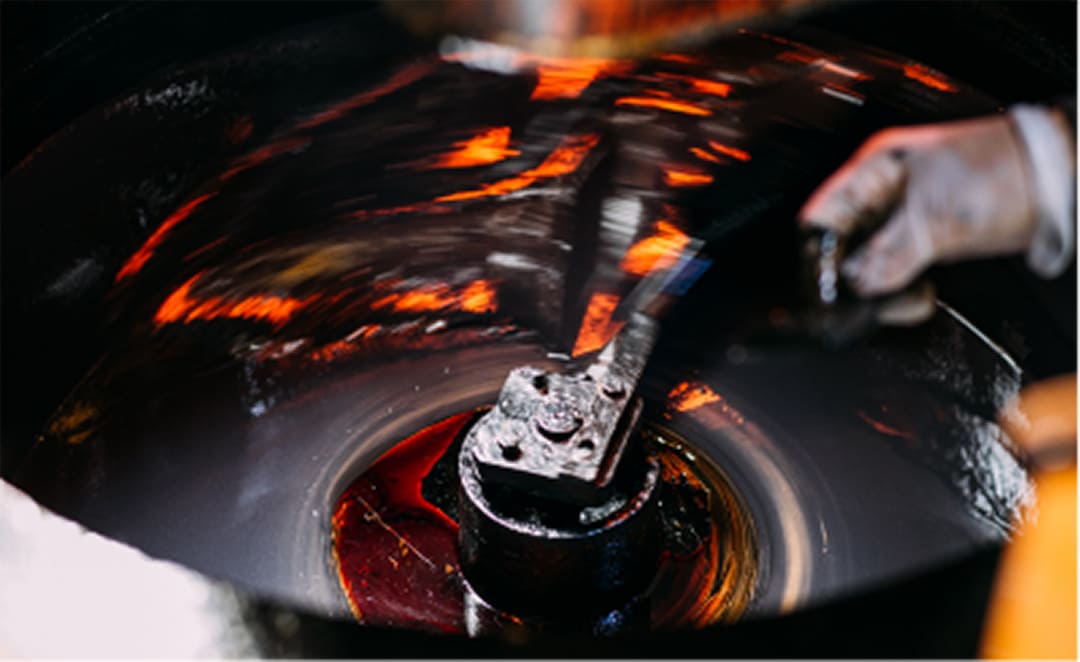
-
2000年
As synthetic paint alternatives increase, sales of Hakuoshi Urushi decrease.
-
2003年
Japanese Kourin Urushi is adopted for the restoration of national treasures and important cultural properties.
-
2004年
The 4th generation, Takuya Tsutsumi, joins the company. The import volume of Urushi decreases to 100 tons, and the industry faces a slump.
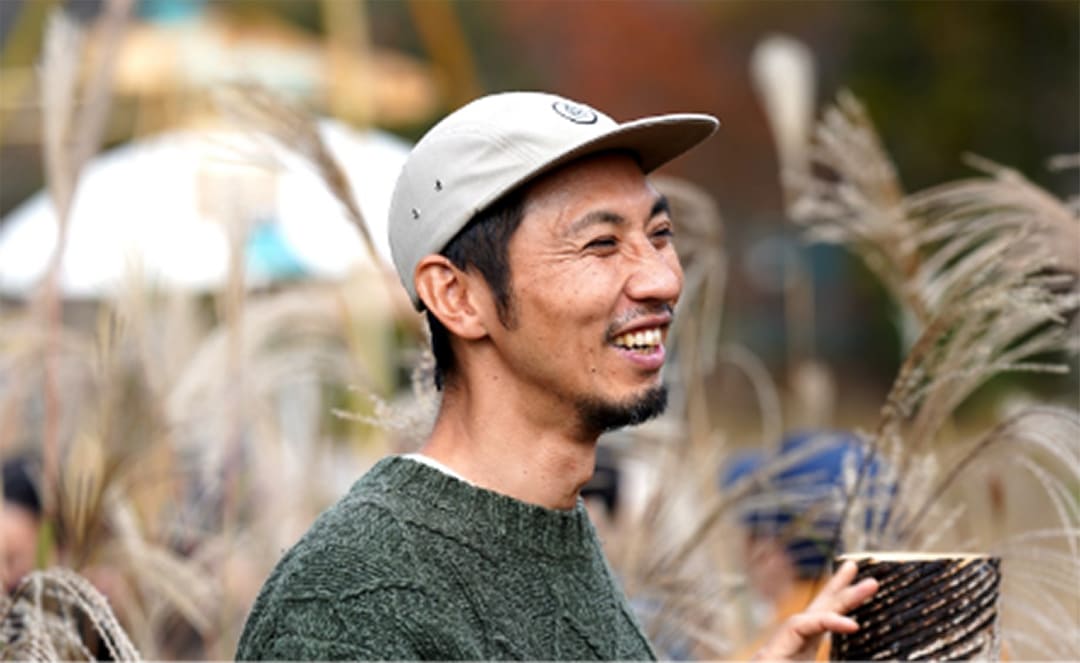
-
2007年
A major milestone is reached when domestic Urushi is chosen to restore Nikko Toshogu Shrine, with Tsutsumi Asakichi Urushi Inc. producing 65-70% of Japan’s total domestic Urushi.
-
The company expands its product offerings to include glass Urushi, qualia coating, colour-clear Urushi, Sanwa polishing agents for Urushi work, and Asakichi whetstones.
-
A New Journey
Committed to maintaining a stable supply of high-quality Urushi products and promoting its appeal in modern craftsmanship.
-
2015年
The Agency for Cultural Affairs announces that it is preferable to use 100% domestic Urushi for the restoration of national treasures and important cultural properties.
-
2016年
Launch of the ‘Urushi no Ippo’ project.

-
2017年
Launch of the ‘Beyond Tradition’ project.
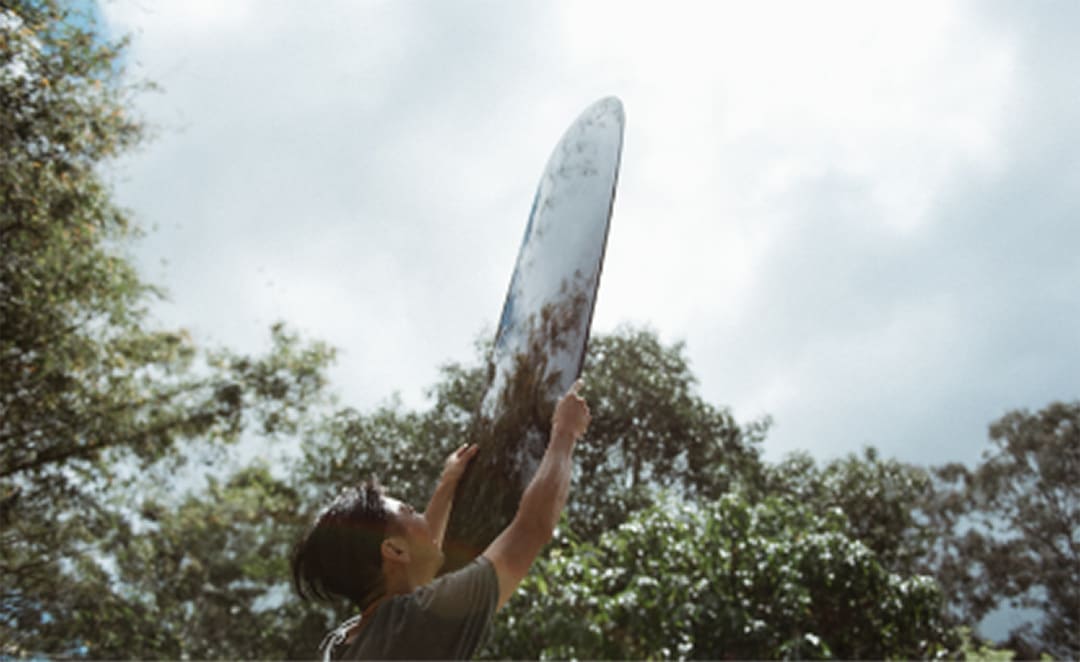
-
2019年
Launch of the ‘Forest of Craft’ project, a hub for sustainable manufacturing and craftsmanship.
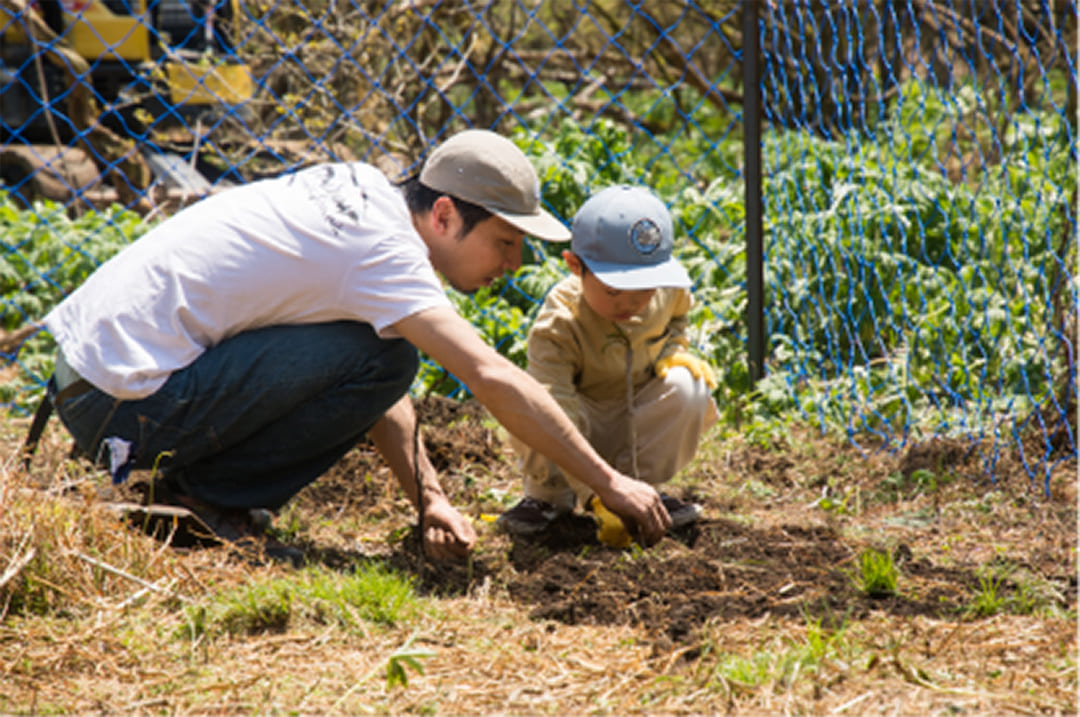
-
The fourth generation Tsutsumi Takuya established Perspective, a general incorporated association, as co-The 4th generation, Takuya Tsutsumi, co-founded the general incorporated association Perspective. In collaboration with the company, the association aims to promote circular manufacturing that enriches the community by cultivating Urushi trees and other trees used for craftsmanship.
-
2020年
Coronavirus Pandemic
The outbreak of COVID-19. As products to enrich time spent at home, the company announces Kintsugi Coffrets, Fuki-Urushi kits, and collaborative products with other industries.
-
2022年
The WOOD SURFBOARD workshop is completed in Keihoku, and the ‘Urushi Surf Project’ is launched, connecting the mountains, towns, and the sea.
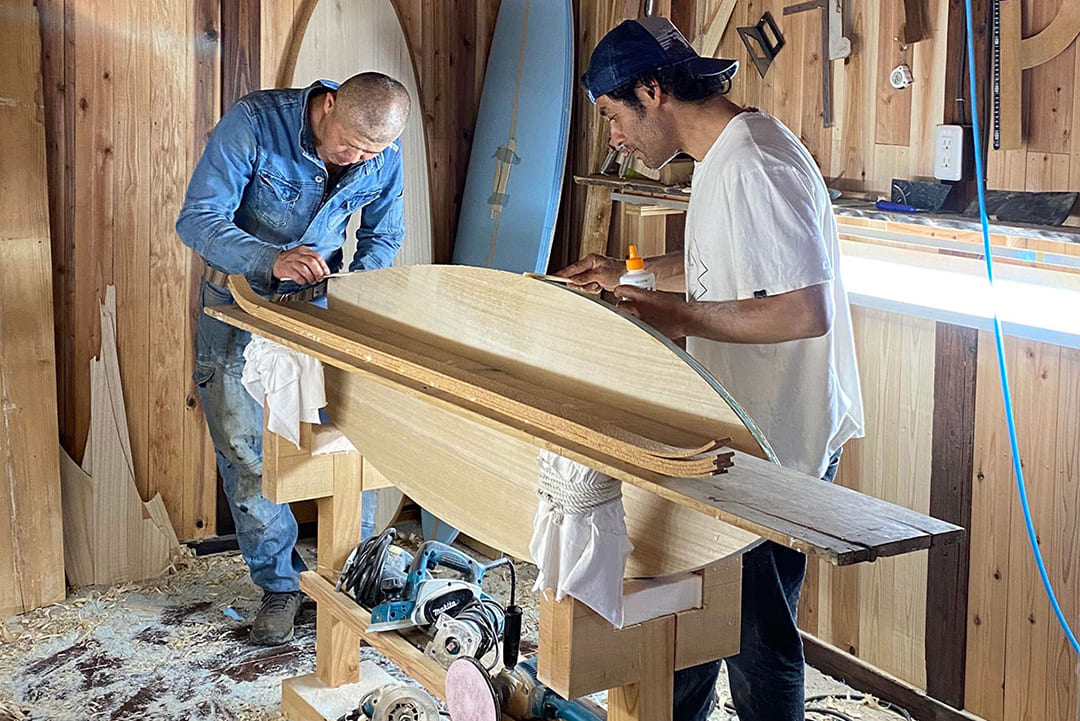
-
2024年
The new flagship store ‘Und.’ (pronounced ‘and’) opens as a place where nature, culture, and people are organically connected, serving as a hub to expand Urushi and crafts globally.
